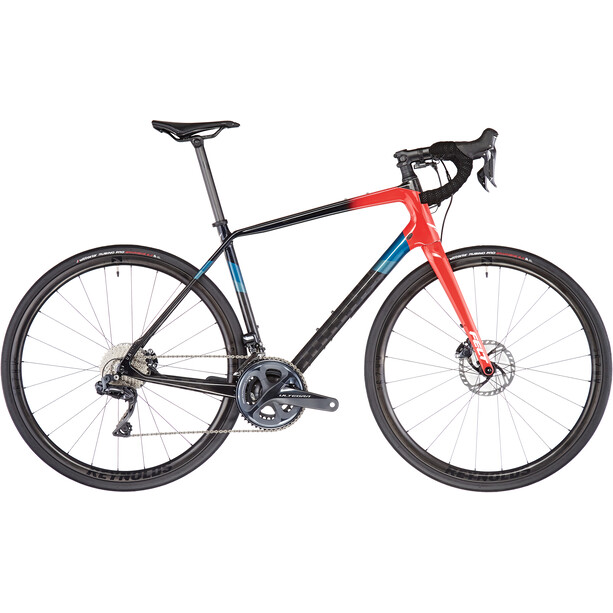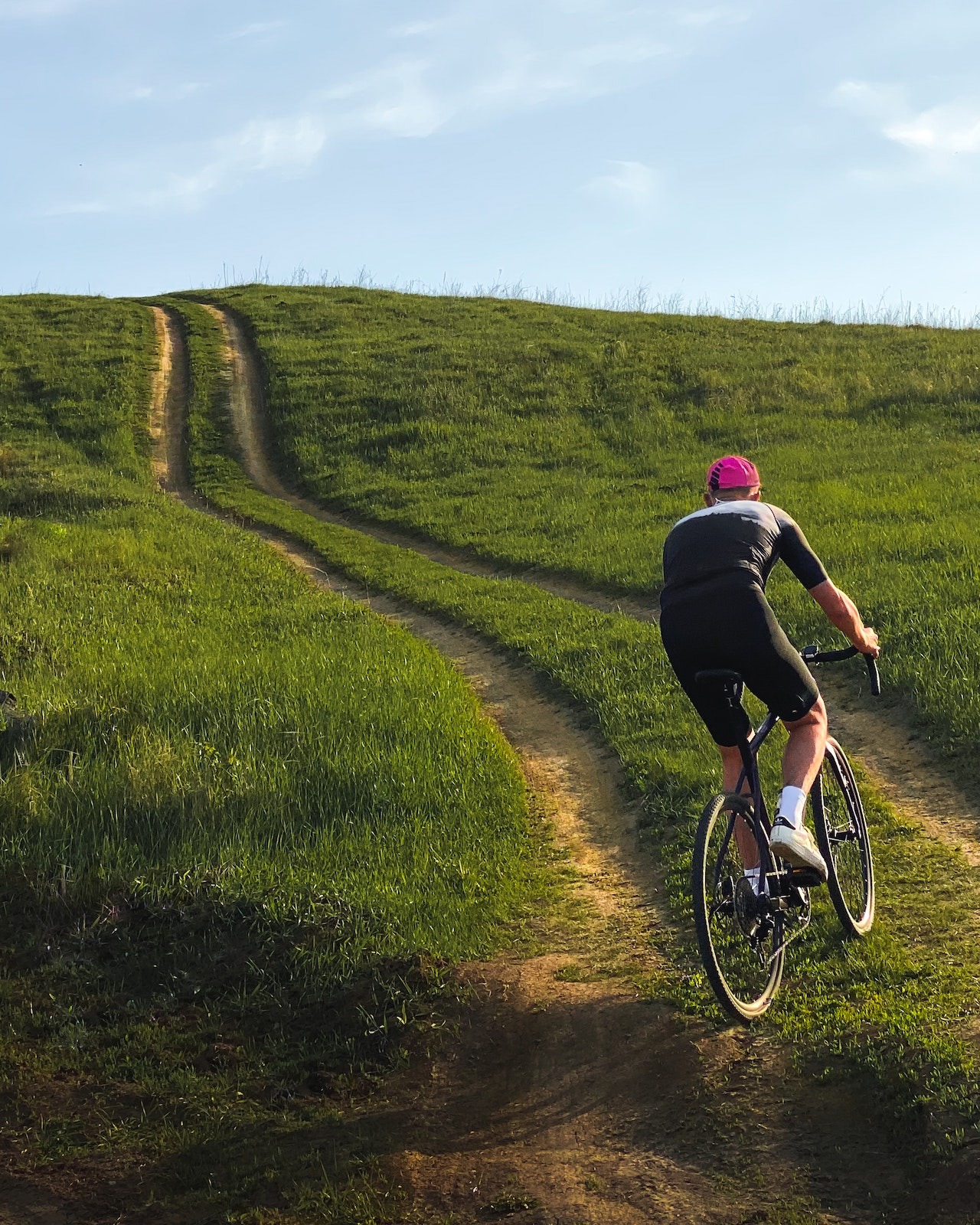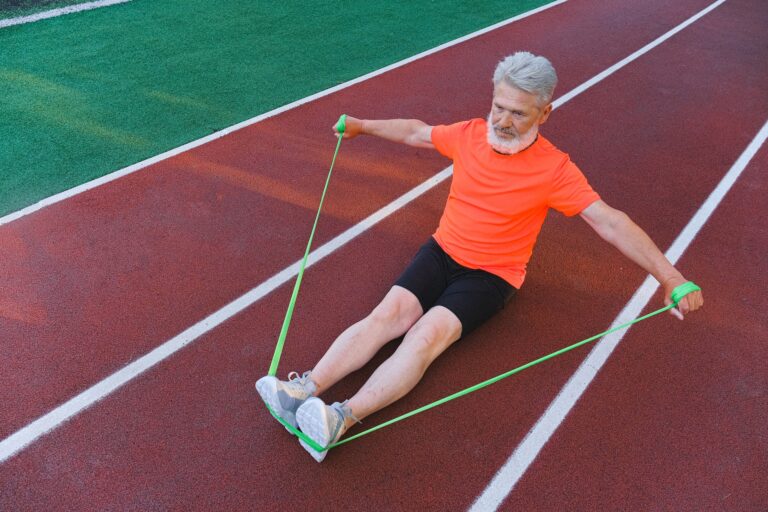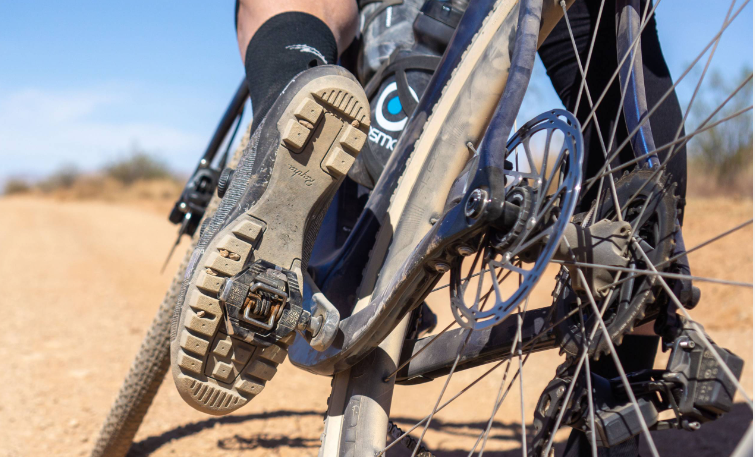Cycling for Beginners

In my 30 years of experience, cycling is a great activity that offers many health benefits, such as improving cardiovascular health, increasing muscle strength, and burning calories. Whether you’re looking to lose weight or just want to incorporate more physical activity into your daily routine, cycling is an excellent way to get started. In this blog post, we will cover various topics related to cycling for beginners, including training plans, indoor cycling, nutrition, weight loss tips, and long-distance biking.
Cycling for Beginners – Training Plan
I find that having a training plan is essential for beginners, as it helps them build endurance, strength, and speed over time. A basic training plan for beginners could include the following four weeks:
Week 1: Easy rides for building endurance During the first week, you should focus on building endurance by taking easy rides. This means keeping the pace slow and steady, with short breaks in between.
Week 2: Intervals for increasing intensity During the second week, you should start incorporating intervals into your rides. Intervals involve alternating between high-intensity cycling and low-intensity cycling. This helps to increase your overall fitness level and improve your endurance.
Week 3: Hill training for building strength During the third week, you should focus on building strength by incorporating hill training into your rides. Hills provide a challenging workout that helps to build leg muscles and improve overall fitness.
Week 4: Recovery week During the fourth week, you should take it easy and give your body time to recover. This means taking shorter rides and focusing on rest and recovery.
There are many directions to go related to training, and i could be confusing for beginner cyclists. Click here to read my Comprehensive Review of the Most Popular Masters Cycling Training Programs as it could be very helpful. I train with TrainerRoad and love the program.
Tips for staying motivated while following a training plan:
Set realistic goals and track your progress
Find a cycling buddy or join a cycling group for motivation and support. You might even want to create your own cycling club. It’s easier than you might think. Click here to learn how to create your own cycling club.
Mix up your rides to keep things interesting and challenging
Reward yourself for reaching your goals
For more on cycling motivation, read my post How to Stay Motivated as a Cyclist
Indoor Cycling for Beginners
Indoor cycling is a great option for beginners who want to cycle in the comfort of their own home. Indoor cycling equipment can be costly, but it’s an investment that’s worth making if you’re serious about cycling. Here are some tips for setting up a home indoor cycling studio:
- Choose the right equipment: The most important piece of equipment for indoor cycling is the stationary bike. Look for a bike that’s comfortable to ride, has adjustable resistance, and includes a display monitor for tracking your progress.
- Set up your space: Choose a room in your house that’s well-ventilated and has plenty of space for your bike and other equipment. You’ll also want to invest in a good quality mat to protect your floors and reduce noise.
- Invest in accessories: In addition to a stationary bike, you’ll also need cycling shoes, cycling shorts, and a heart rate monitor. These accessories will help you get the most out of your indoor cycling workouts.
- Follow a workout plan: There are many workout plans available online that are specifically designed for indoor cycling. Choose a plan that’s suitable for beginners and gradually increases in intensity over time.
- For more on indoor cycling, click here to learn more about the benefits of training on your bike indoors.
Cycling for Beginners – Nutrition:
Proper nutrition is essential for cyclists, as it helps to fuel the body for optimal performance and recovery. Here are some key nutrients that beginner cyclists should focus on:
Carbohydrates: Carbohydrates are the primary fuel source for cyclists, providing the energy needed for long rides. Good sources of carbohydrates include whole-grain bread, pasta, rice, and fruits and vegetables.
Protein: Protein is important for repairing and building muscles after a ride. Good sources of protein include lean meats, fish, eggs, and dairy products.
Hydration: Staying hydrated is crucial for optimal performance and recovery. Be sure to drink plenty of water before, during, and after your ride.
Supplements: Some cyclists may benefit from taking supplements such as electrolytes, which can help with hydration and performance, or protein powder, which can aid in muscle recovery. However, it’s important to consult with a healthcare professional before taking any supplements.
Click here to learn about what you should eat and drink on a bike ride.
Cycling for Beginners – Weight Loss
Cycling is an excellent exercise for weight loss, as it can burn a significant amount of calories while also building muscle. Here are some tips for beginner cyclists who are looking to lose weight:
Start slow: Begin with shorter rides at a slower pace and gradually increase the length and intensity of your rides over time.
Focus on intensity: Intervals and hill training are great ways to increase the intensity of your rides and burn more calories.
Watch your diet: While cycling can help you burn calories, it’s essential to also watch your diet and ensure that you’re consuming fewer calories than you’re burning.
Make it a habit: Cycling regularly is key to losing weight and keeping it off. Try to make cycling a part of your daily routine, even if it’s just for a short ride around the block.
Click here to learn more about cycling and weight loss.
Long-Distance Biking for Beginners
Long-distance biking can be a challenging but rewarding experience for beginner cyclists. Here are some tips for preparing for a long-distance ride:
Build up gradually: Start with shorter rides and gradually increase the distance of your rides over time. This will help you build endurance and prevent injury.
Get the right gear: Invest in a good quality bike, cycling shorts, and other accessories to make your long-distance ride more comfortable.
Plan your route: Choose a route that’s suitable for your skill level and fitness level. Make sure to plan for rest stops and fueling stations along the way.
Pace yourself: It’s important to pace yourself during a long-distance ride. Don’t push yourself too hard at the beginning and conserve your energy for the later stages of the ride.
Cycling for Beginners – Conclusion
Cycling is an excellent exercise for beginners that offers many health benefits, including improved cardiovascular health, increased muscle strength, and weight loss. Whether you’re cycling indoors or outdoors, following a training plan, focusing on nutrition, or preparing for a long-distance ride, there are many ways to incorporate cycling into your daily routine. By taking it slow, setting realistic goals, and staying motivated, you can achieve your cycling goals and enjoy the many benefits of this great exercise.
John






